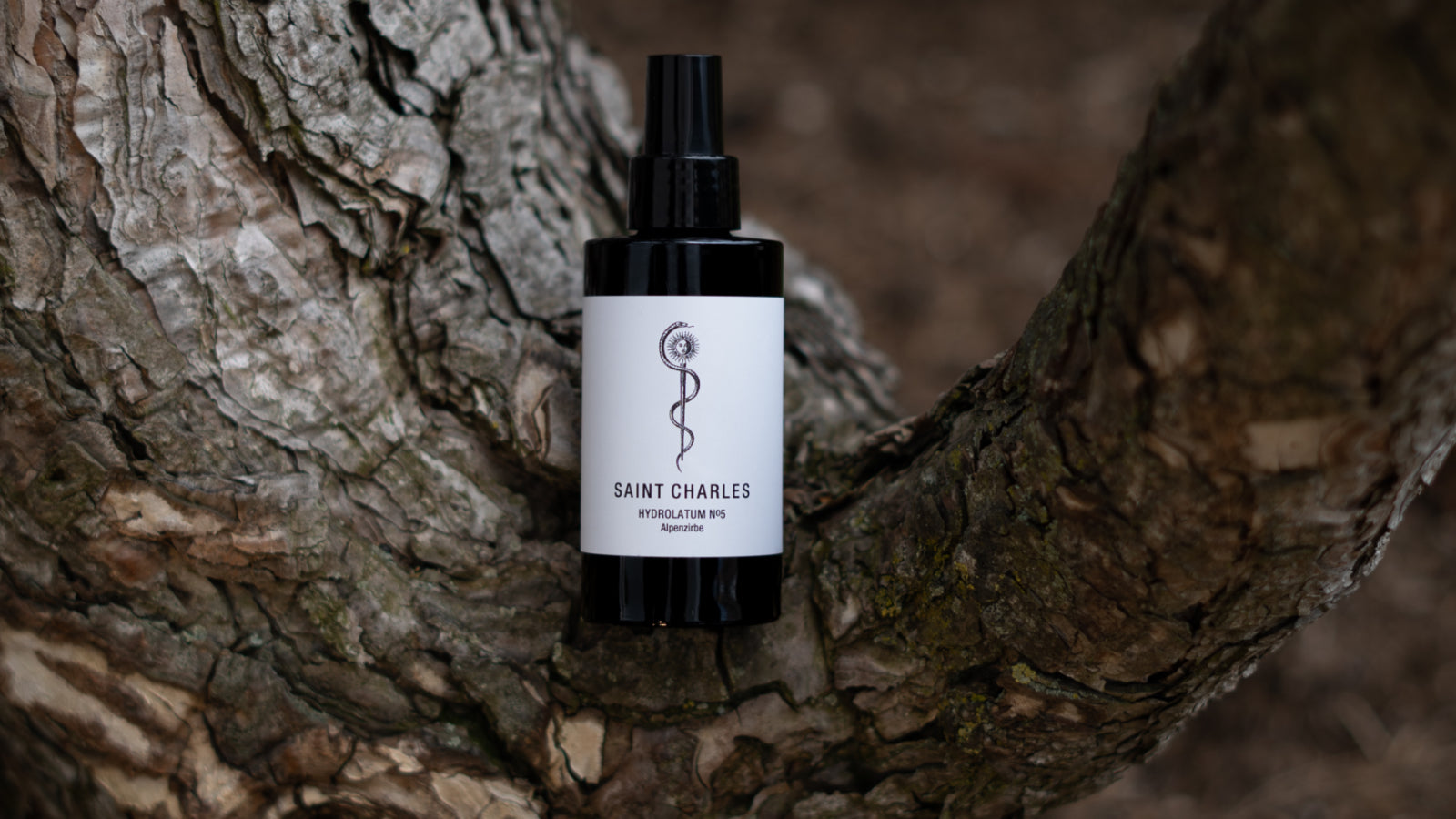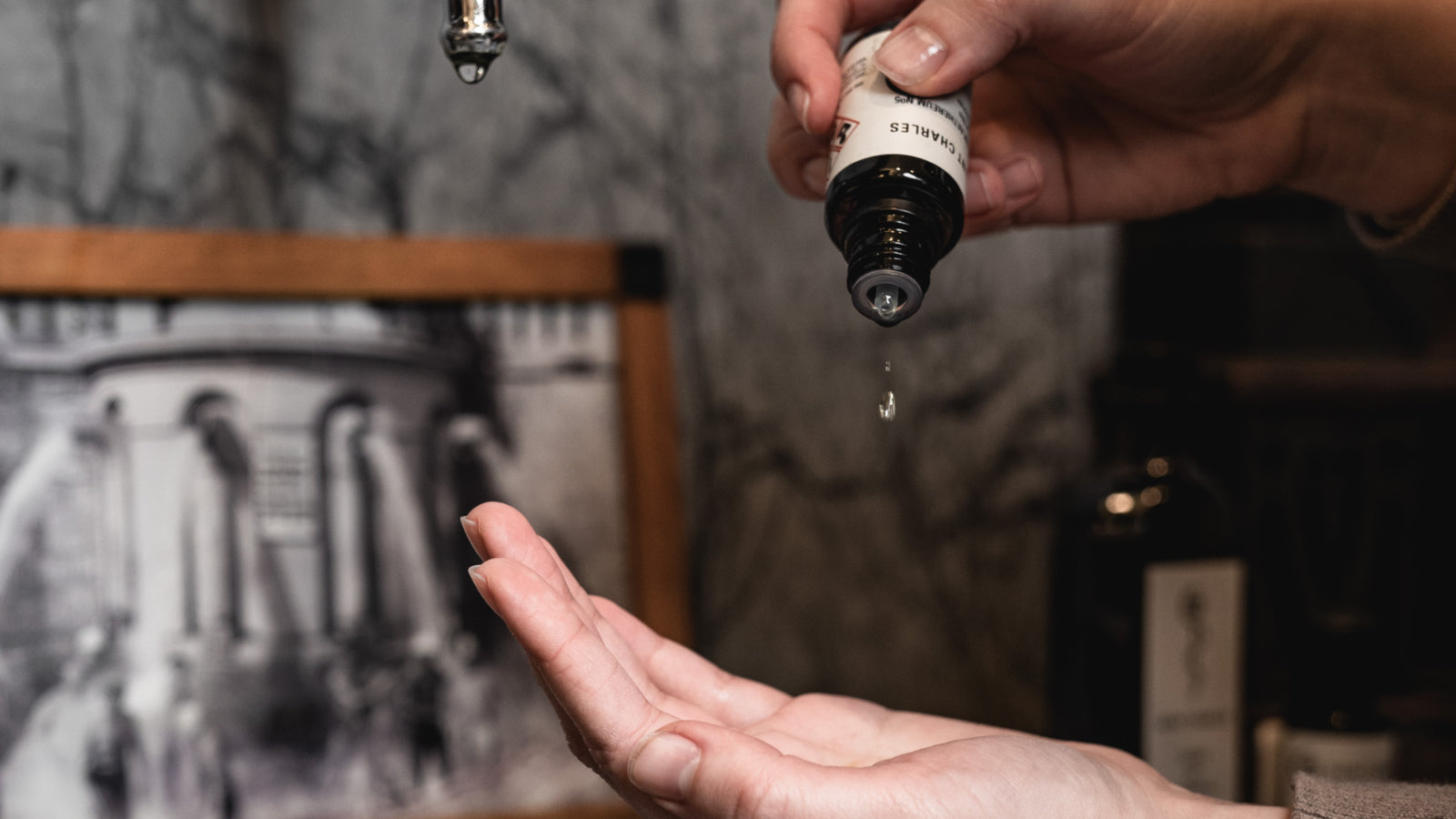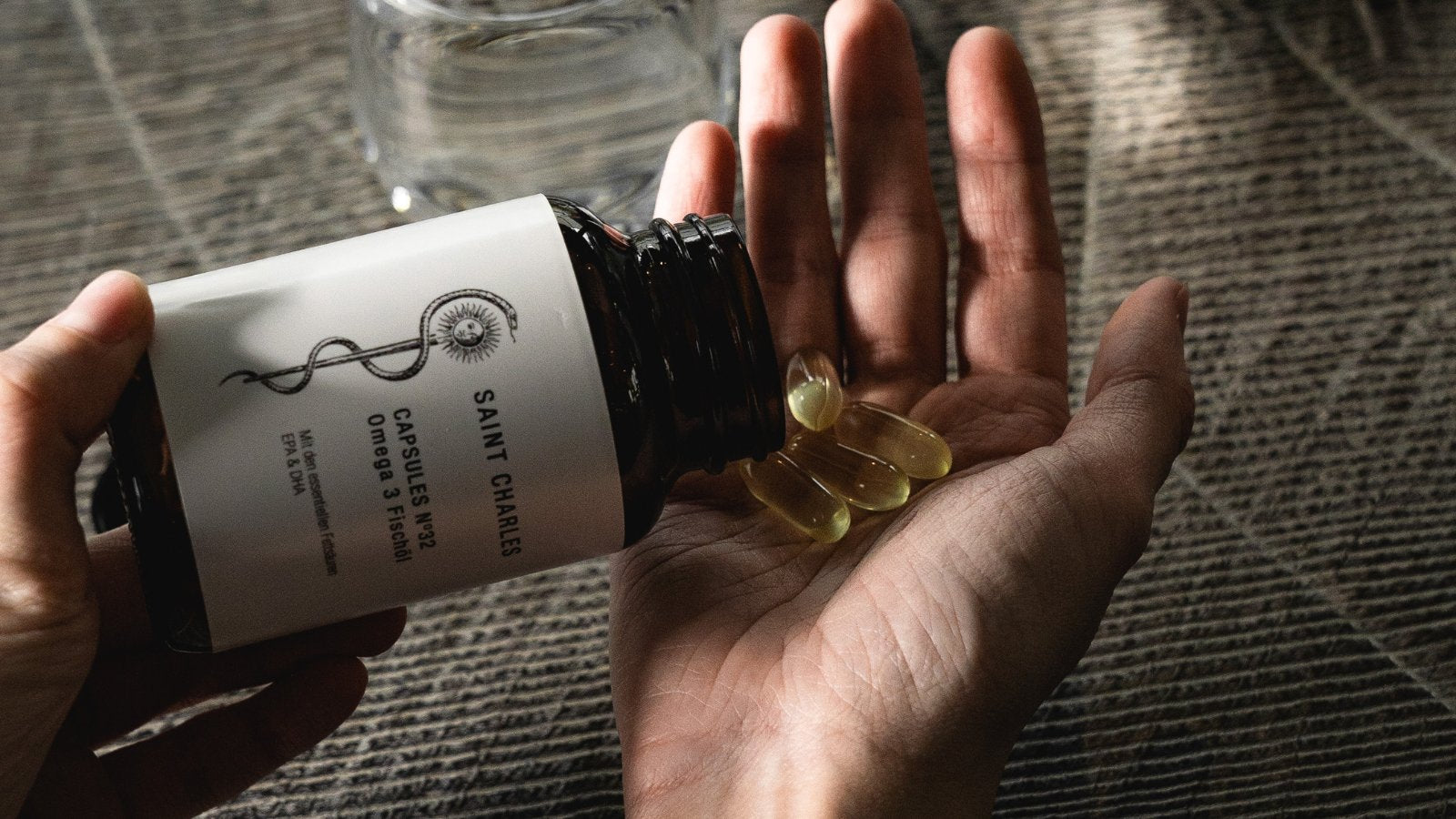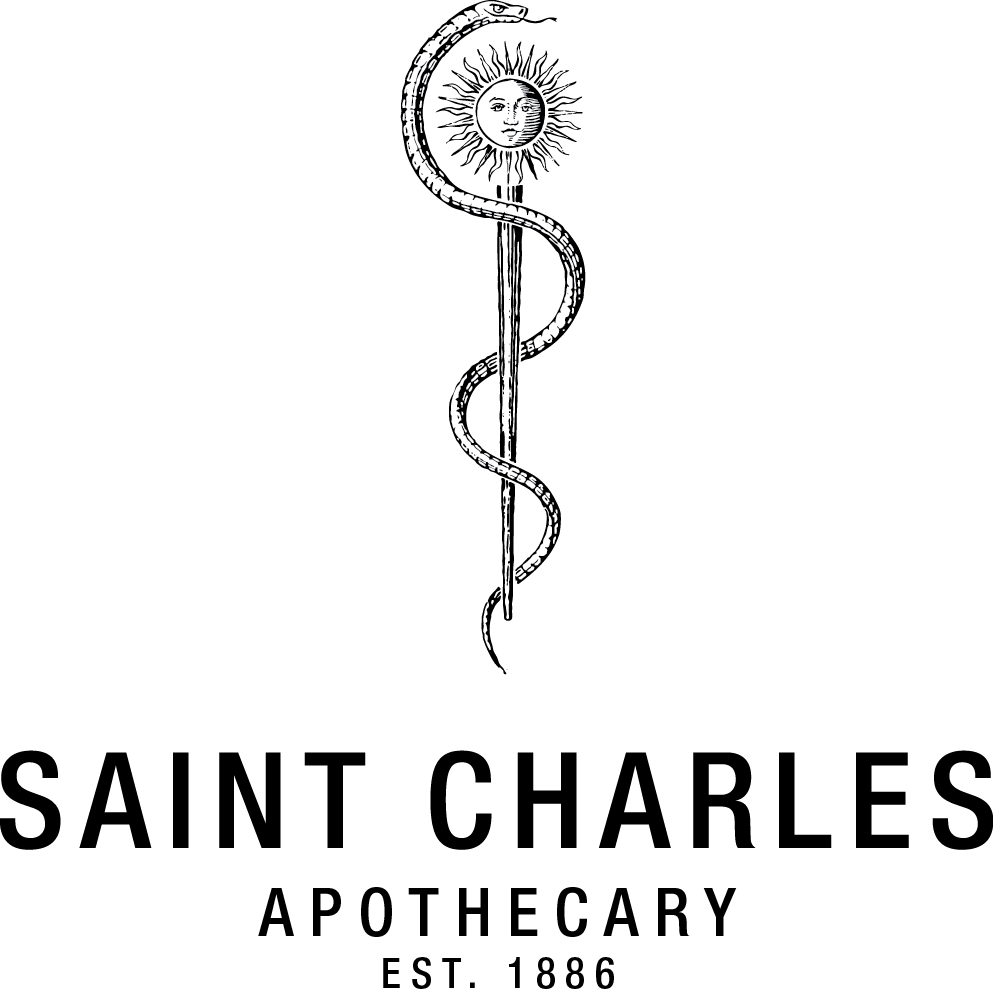
HYDROLATES
HYDROLATE
100% pure plant hydrolates from steam distillation. Lovingly and carefully produced in Germany and Austria by small manufactories. Filled in high-quality and light-protected violet glass bottles. Available in the variants lavender, birch, peppermint, alpine pine, lemon balm, rose, elder, sage and palo santo.



